Shedding Light on Analog Filmmaking at Emerson
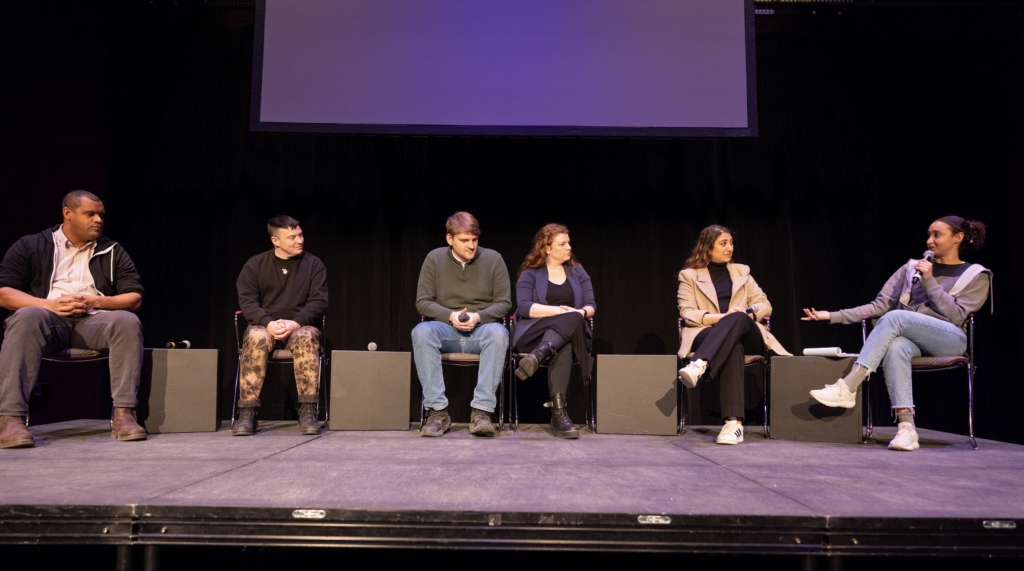
Since the advancement of digital and video technologies, few film schools offer the caliber of analog film education that Emerson College does, said Visual & Media Arts Department Chair Shaun Clarke.
“For students who might not be interested in working in experimental processes, but want to work with motion picture technology in general, having the gravity and the experience of working with analog technology, I think is valuable to them as well,” Clark said. “They are learning what the digital tools are based off of.”
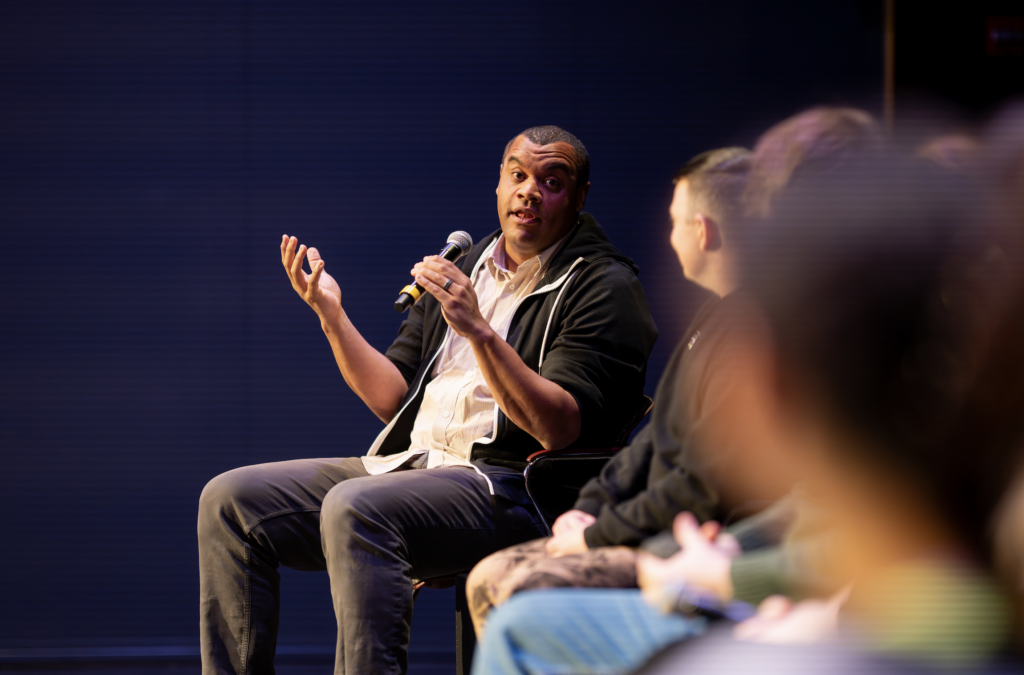
Clark shared his thoughts about Emerson’s focus on analog film in a panel discussion after a screening of Choreography of Light, a short film directed by Homa Sarabi, VMA’s Director of Production, Safety & Sustainability. The event was part of the series of events celebrating the inauguration of College President Jay Bernhadt.
VMA Assistant Professor Malic Amalya, Media Technologies and Production Film Post Production Manager Stephen Jackson, VMA Production Coordinator Melanie Kahn, and Margaret Buckner, Associate Professor of Dance at Boston Conservatory at Berklee, were also part of the panel that explored 16mm film and its place at Emerson.
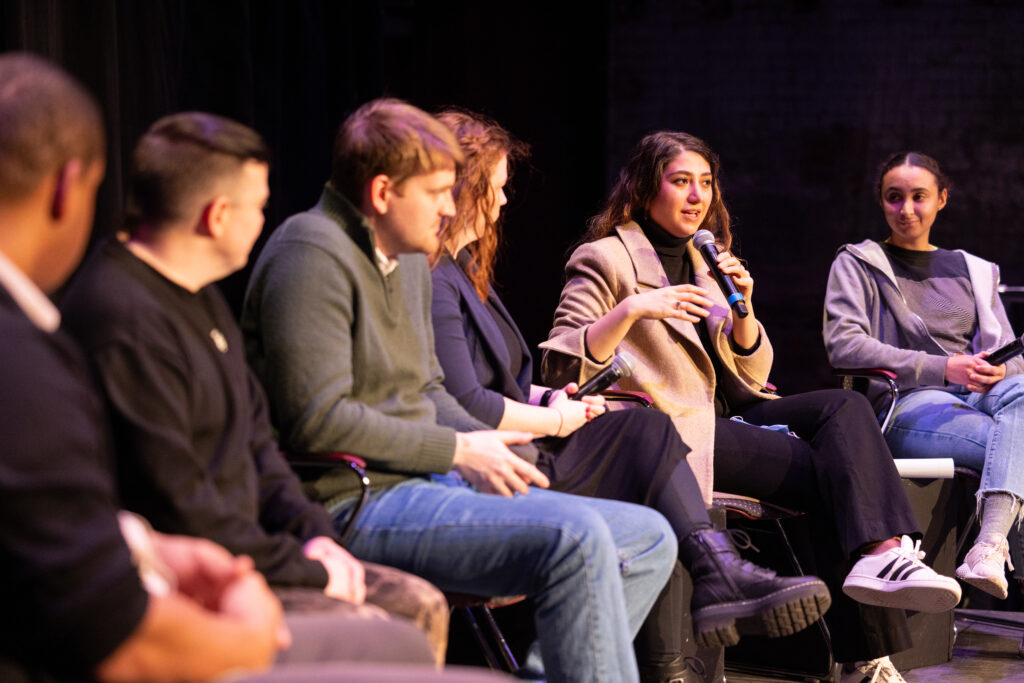
Amalya said analog film forces students to slow down the filmmaking process.
“It’s both time-consuming to set up your shots, and it’s also expensive,” Amalya said. “So when you film, every shot has to look beautiful when you look through the camera, or compelling in some way. I love when students here at Emerson have to spend time with the camera and with the film and make every shot count. I think that’s really helpful for their practice.”
Shot on 16 mm film, Choreography of Light demonstrates the analog filmmaking process through movement, a style that fans of Darren Aronofsky’s Black Swan, Wes Anderson’s Moonrise Kingdom, and Kathryn Bigelow’s The Hurt Locker might recognize.
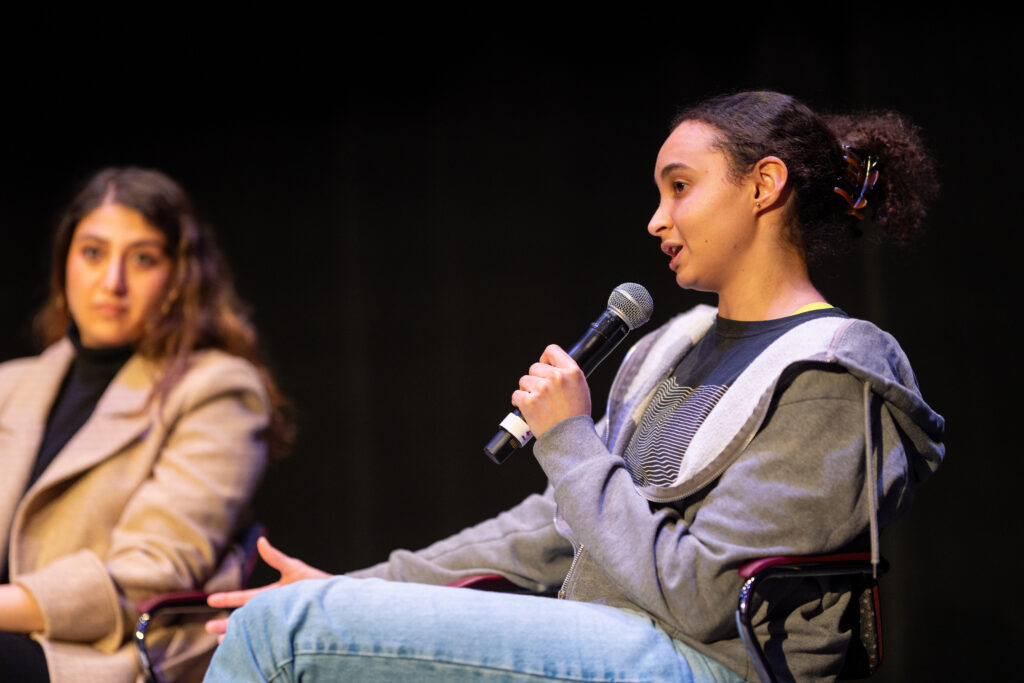
The film stars VMA Production Coordinator Melanie Kahn as a singular dancer and actress. In the black and white movie, Kahn performs a series of rhythmic dances accompanied with the faint sounds of a film reel crescendoing in the background.
Buckner choreographed the dance by looking at photos of how analog film was used and developed. Kahn’s performance represented those processes.
Clark added that 16mm film can be a “great equalizer” for students studying film, as many don’t have experience with analog filmmaking before coming to Emerson.
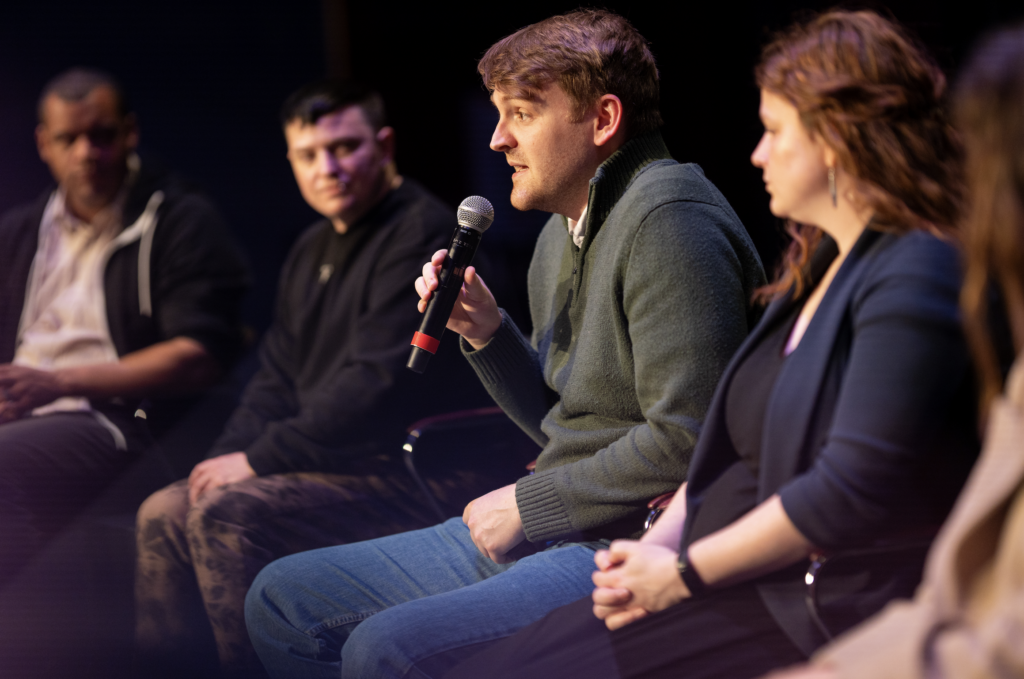
When it comes to the future of analog film, Jackson said it will start with technicians and artists who understand the machines and technology. This could lead to “new advances” of capturing celluloid images, which is how 16mm motion pictures are filmed.
“I do think that having that physical touch to film is a more traditional art form,” Amalya said. “It’s kind of like an anti-AI because of all the qualities of making that requires our hands, and I think that’s really an important counterpoint to the digital realm.”
Categories